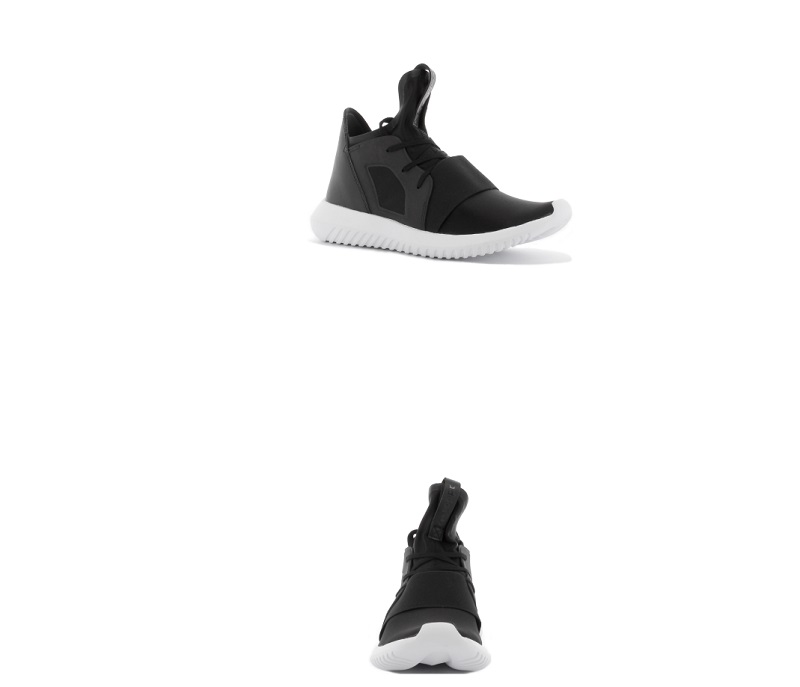Through the template manager, bindCommerce is able to produce responsive photo galleries to be included in the body of eBay listings.
To insert a series of images you need to choose the point where you want to view the photos in the template, and insert the following tag
{[(product|from==0|q==9|class==imgresp|nodimension==yes|d==line|child==Y|image_big)]}
Inside the tag it is necessary to indicate how many images you want to consider in the gallery, by changing the values for the fields
from==0
q==9
In addition, you can determine whether to also consider images for child products, or not, by changing the value for the following field
- child==Y: images of child products will be considered
- child==N: and images of child products will be excluded

Use of Image Tags
Una nuova funzione della piattaforma bindCommerce consente di gestire la posizione delle immagini all'interno del template massivamente. La funzione consente di determinare se all'interno del template devono esserci una o più sezioni dedicate esclusivamente ad alcune tipologie di immagini, come nel caso di una sezione destinata esclusivamente alle immagini delle schede tecniche.
A new function of the bindCommerce platform allows you to massively manage the position of images within the template. This function allows you to determine whether there must be one or more sections within the template dedicated exclusively to certain types of images, as in the case of a section intended exclusively for images in the technical data sheets.
Just apply specific tags to each image associated with an article (for example image_1, image_description, image_datasheet). Within the template, the position of each type of image will then be determined using the appropriate tag, plus the field
tags==valore del tag
for example:
{[(product|from==0|q==8|tags==image_1|class==imgresp|nodimension==yes|d==line|image_big)]}
Using this string, only the images, from 0 to 8, with the tag image_1 will be inserted in the predetermined position.
To allow description generation connector to work correctly it will be necessary to create specific custom parameters. From the menu
Process >> System parameters >> Custom parameters
create a new parameter and enter the value in the Parameter name field
IMAGES_TAGS_EBAY_ID CONNETTORE
where the CONNECTOR ID value varies based on the ID of the alternative description generation connector in use (for example IMAGES_TAGS_EBAY_123)
Instead, inside the Parameter value field it will be necessary to insert the values of the image tags that you want to consider for the generation of the descriptions, separated by commas.
For example image_1,image_description,image_datasheet
If you are using multiple description generation connectors you will need to create a custom parameter for each connector ID.
Thank you for rating this article.




